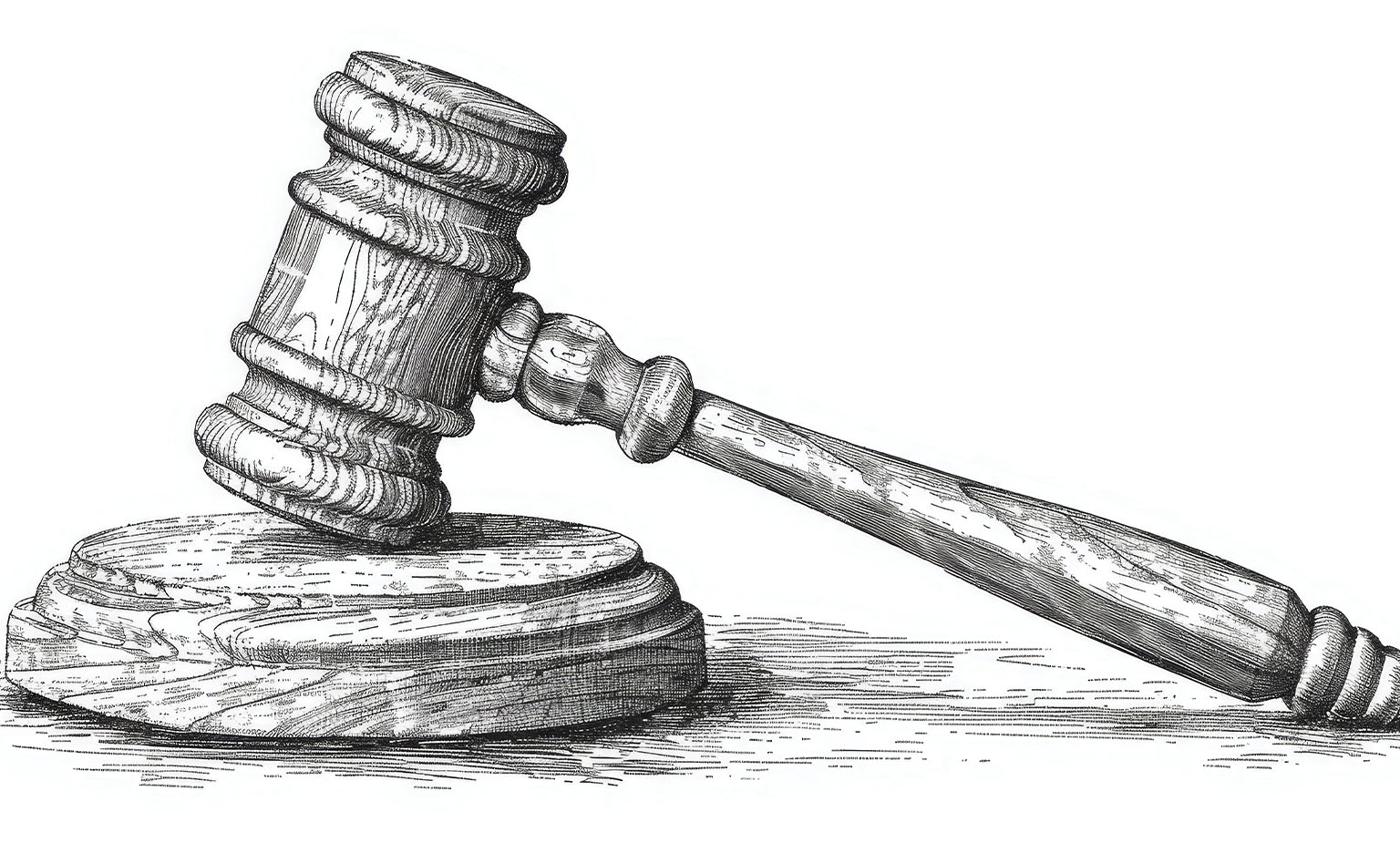Enabling Access to Justice programme: Lofty goals, limited detail

In a December 2024 statement to the Assembly, Justice Minister Naomi Long MLA unveiled the Enabling Access to Justice (EAJ) programme, aimed at reshaping the justice system in Northern Ireland to be more accessible, efficient, and equitable.
While the programme offers an ambitious blueprint for reform, it is somewhat undermined by a lack of specific actions.
The EAJ programme is grounded in the findings of several critical reviews, particularly the Fundamental Review of Criminal Legal Aid, which highlighted inefficiencies, financial strain, and systemic challenges across the justice system. These reviews paint a stark picture of a justice system under pressure with rising legal aid costs, outdated delivery models, and processes that compound trauma for vulnerable users.
Long’s acknowledgment of these challenges shows an understanding of the need for comprehensive reform. Her stated intention to simplify legal aid eligibility, promote early resolution of disputes, and adopt technology to improve service delivery reflects lessons from these foundational reviews. This groundwork provides a compelling case for change and sets a strong context for action.
However, the EAJ programme lacks the practical detail required to translate these findings into meaningful change.
Long has outlined high-level goals – fairness, proportionality, efficiency – but the programme lacks concrete steps to achieve them. For example, while the proposal to simplify legal aid eligibility has been broadly well received within the sector, particularly given current rules that are overly complex and exclude some of the most vulnerable, there is little explanation of how this simplification will be implemented.
Among the unanswered questions are whether legal aid eligibility thresholds are to be tied to income, and what safeguards are to be put in place to ensure that resources are allocated to those most in need.
Similarly, the proposal to integrate technology to reduce costs and delays is another attractive concept, but the programme does not specify what technologies will be adopted, how they will be funded, or when they will be implemented. This is particularly concerning given the persistent underfunding of the Department of Justice and the well documented challenges of introducing digital solutions in the public sector.

Financial and structural challenges
One of the programme’s central contradictions is its ambition to improve access to justice while grappling with significant financial constraints. The Minister’s recognition that the justice system operates under unsustainable budgetary pressures is important, however, the proposals remain vague.
For instance, the suggestion of exploring private financing mechanisms for strategic litigation is intriguing but fraught with potential pitfalls. Without clear guidelines, this could lead to inequities where wealthier individuals and groups dominate access to these mechanisms, undermining the very fairness the programme seeks to promote.
Additionally, the EAJ programme aspires to better manage legal aid spending – already at a historic high of £114 million in 2023/24 – but fails to outline how this will be achieved. The reviews on which the programme is based highlight inefficiencies such as prolonged court delays and a lack of structured early engagement.
However, Long’s announcement stops short of specifying reforms to address these challenges, calling into question whether there will be new processes for case management, or whether there will be adequate finding for alternate dispute resolution mechanisms.
Oversight and inefficiencies
Another area of concern is the lack of a clear accountability framework for the proposed reforms. Long’s emphasis on collaboration with the legal profession and voluntary sector is promising, as is her proposal to enhance data collection and monitoring. However, without measurable benchmarks or timelines, it is difficult to see how the Department will assess whether its reforms are succeeding.
One of the most striking omissions in the EAJ programme is it does not to address systemic inefficiencies comprehensively. While Long identifies delays and adversarial processes as barriers to justice, her solutions are aspirational rather than practical. For example, incentivising early resolution is a sound principle, but the programme does not detail what changes to remuneration structures or procedural rules will encourage early engagement.
Similarly, the programme’s focus on holistic support for vulnerable groups, such as victims of domestic abuse or asylum seekers, is commendable. However, there are no further details on funding, staffing, or partnerships.
The action plan due to follow from the programme has been delayed, with Long having initially outline her intention to have it published within one week of her statement to the Assembly. agendaNi understands that the plan is due to be published soon.
Post publication, on 30 January 2025, Justice Minister Naomi Long published The Enabling Access Programme Delivery Plan, which will be subject to an eight-week consultation.





